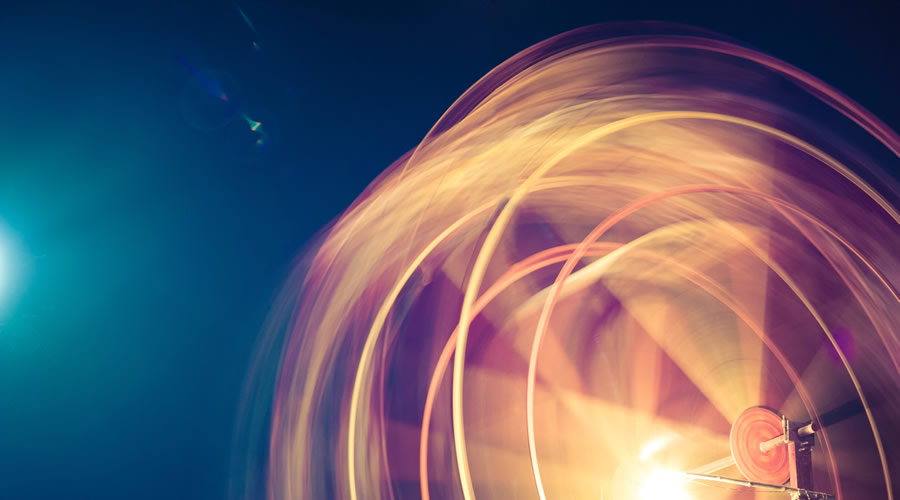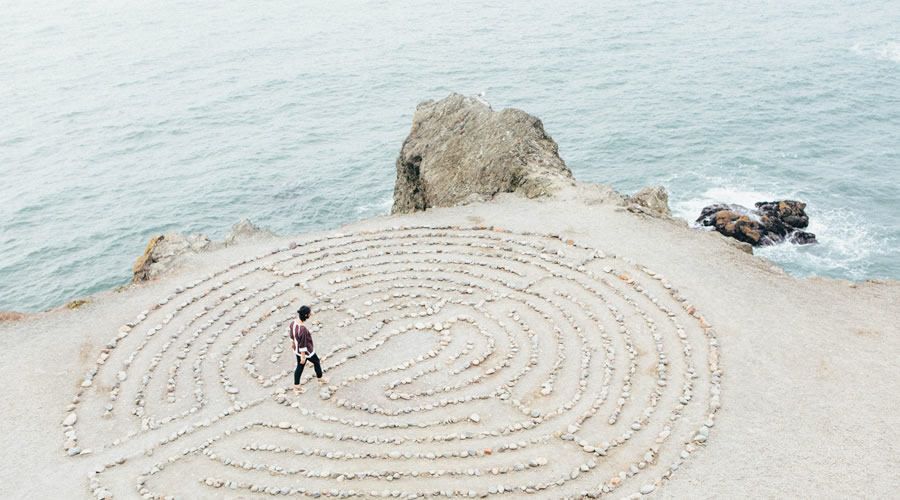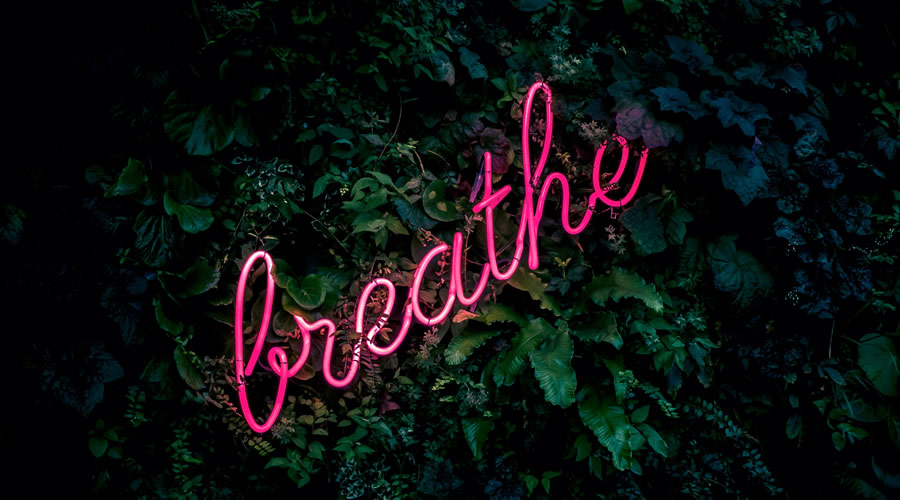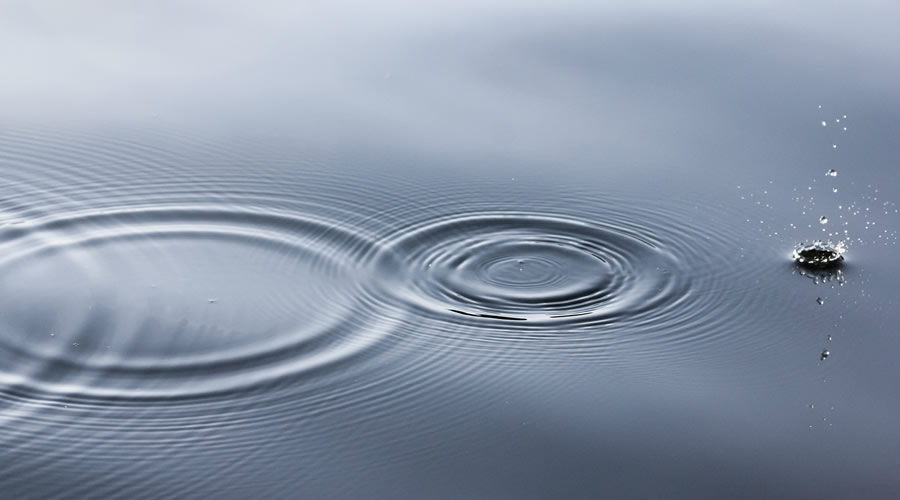
Why embracing both sides of polarity is the key to opening portals of unity.
“There is currently an emphasis on revealing “truths” about “lies” perpetuated by a power elite attempting to maintain surrogate control of the masses. At the collective level, consider that any us-versus-them mentality serves to further segregate people.
Many of these “truth-out” organizations (and members) are committed to revealing a deceptive fog that has hovered heavily in our atmosphere, permeating reality with fields of fear, lack, and limitation.
Although these people are focused on sharing the so-called truth about these deceptions, they may not realize that any recognition of conspiracy theories revealed from a space of division serves to further segregate consensus reality into dualistic states.
Therefore, these truth-out ambassadors actually become conduits of the very powers they are seeking to take down (all the while binging on the dopamine surge fueled by the antagonism). Anything that divides us disempowers all.
This is a very difficult concept for many to understand. So in simplified terms, if we are attempting to bring awareness to a truth from a divisive perspective, that creates a bigger wall between us and them, further perpetuating dualism. The divided focus wins. “We” are still “they” in a house divided.
The gap between sides is perpetuated by the divided focus on the morphic fields of delusion, contortion, and distortion, which will actually gain more power through morphic resonance. The shadows of the illusions become focal points for expression.
When we get our own house in order, uniting the polarities within ourselves, the need to reveal dualistic sides outside ourselves will be replaced with an embodiment of integrated unity within. Embracing the shadows and delusions of confusion from the space of unity and heart-centered awareness will allow for resonant recognition of that which is not truth, but more importantly will attract more truth-seekers unto itself.
Even the new age movement that is purportedly committed to waking up the planet may be approaching the awakening from a state of superiority and division between “we who are awake” and “those who slumber.” Any time we approach reality with a consciousness of dualism, it will actually create a mitotic environment that continues to further subdivide. Therefore, embracing both sides of the polarity, as expressions of one, is the key to opening portals of unity. How many perspectives can we hold in any given moment? The answer is infinite; the one as many.”















